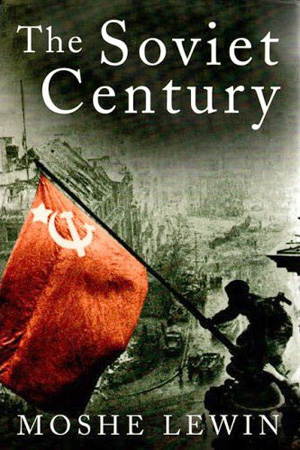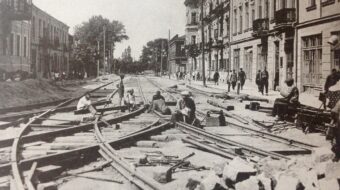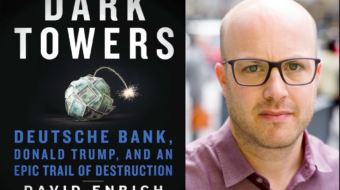
I would like to recommend to people’s attention the book “The Soviet Century” by the late Russian-speaking historian, Moshe Lewin.
Mr. Lewin was a professor of history in the U.S. but he had grown up in the Soviet Union, actually serving as a soldier in WWII, and later spent some time in Israel.
His facility with Russian gave him the ability to access primary sources. For instance, he was able to read the memoirs of V. Molotov in the original Russian, (I don’t even know if this book was ever translated to English) and reported Molotov’s astonishing comment that the protagonists of the great purge trials of the 1930’s, including Bukharin, Rykov and, as Molotov puts it, “even Trotsky” were innocent of the crimes for which they were condemned, (although Molotov, evidently, did approve of this method of dealing with political opponents).
Lewin’s abilities with the Russian language, along with his professional inclinations, allowed him to avoid the typical Cold War style propagandistic distortion of the historiography of the Soviet Union. I would like to focus a little on a particular aspect of this distortion.
Lewin’s book contains a lot of material about the phenomena of Stalinism. Lewin strongly makes the point that while Stalin’s 30-year tenure, from the mid 1920s to the early 1950s, represented a significant portion of Soviet history it did not represent all of it.
The Soviet Union existed both before and after Stalin. Before Stalin’s hegemony and after his departure from the scene the Soviet Union was a very different place, although the country may never have been fully able to escape from his shadow. Lewin makes the point that after Stalin departed from the scene, the country changed rapidly and profoundly. However, Stalin was a useful boogeyman, and the fact that Stalin did not define the entire Soviet experience does not neatly fit the Cold War narrative.
Lewin addresses the common Cold War, (and post cold war) practice of greatly exaggerating Stalin’s ghastly record. According to comprehensive data reported by Lewin there were somewhat less then 800,000 people directly put to death during the Stalin period. This is almost an order of magnitude less then the commonly accepted number of Stalin’s putative victims. It is also an order of magnitude less the commonly accepted figure for those directly killed by the Hitler regime, (not counting all the war dead). Exaggeration of Stalin’s victims by an order of magnitude, why? Why the great need to make Stalin seem as bad as Hitler?
After all his real record is bad enough, why distort it? Lewin raises this as a rhetorical question without providing an answer. However, I recall that during the Cold War, and even in the post cold war period, a common propaganda line was to compare Stalin to Hitler, to denounce them both together. The real record, however, indicates that as bad as Stalin may have been, Hitler and the Nazis were far worse, not only quantitatively but also qualitatively – Stalin cast a wide net but also never were you condemned by conditions of birth completely outside of your control.
The People’s World published a review of “The Soviet Century” in 2005 by Erwin Marquit and the late John Pappademos. You can read it here.
“The Soviet Century”
By Moshe Lewin
Verso, 2005, hardcover, 407 pages











